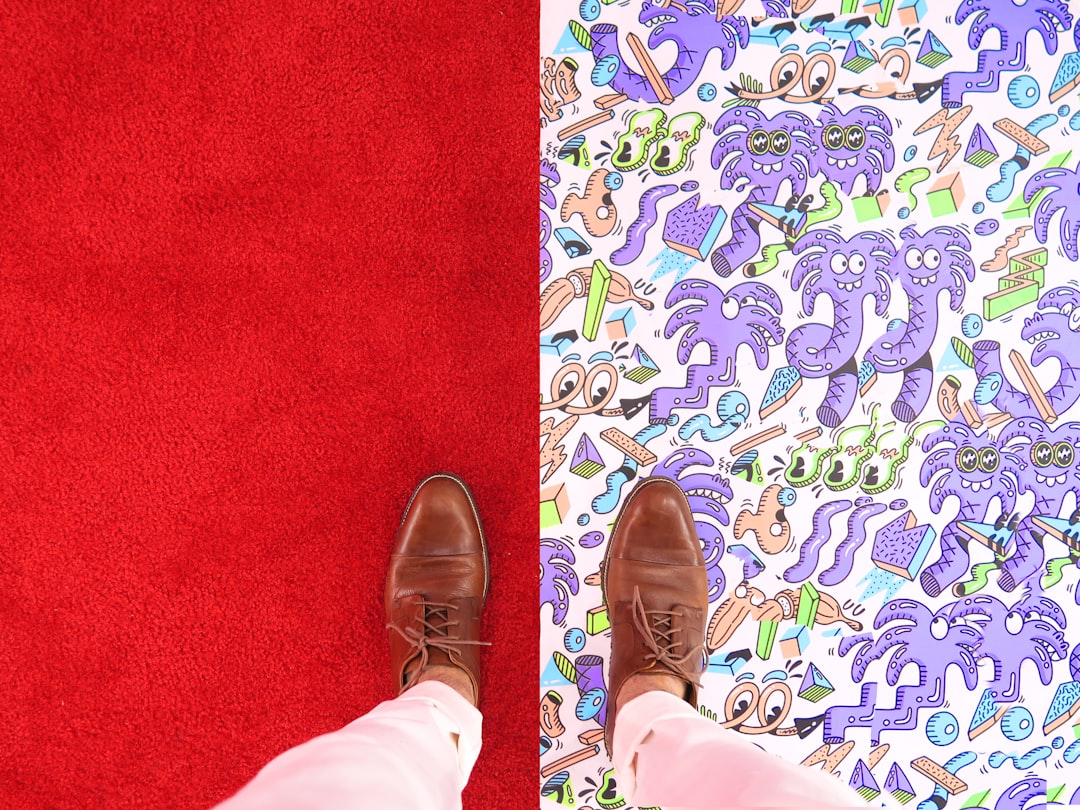What are the Big 5 Personality Traits?
Psychologists define personality as the collection of characteristics that describe the stable way someone acts or thinks. We dive into the pillars of personality.


Sorter sorts your marketing list by personality type—but how is personality measured? Psychology has the answers.
Psychologists define a personality trait as a characteristic that describes the stable way someone acts or thinks across situations and time.
In other words, personality is related to a person’s consistent actions and beliefs, and personality traits are the recognizable patterns of those thoughts, feelings, and actions.
Accurately describing personality has been a goal for humans across history. Hippocrates hypothesized that there were four “temperaments” that influenced personality (hot versus cold and moist versus dry—if you were a cold and moist person, that would say something about your personality), while Plato suggested four different personality traits, including “artistic” and “sensible.”
Beyond that, there were methods like those of Freud and Carl Jung’s Myers-Briggs personality types. Often, though, these personality types were created by placing people into pre-existing boxes, rather than by looking at data and then translating it into categories. This means that a lot of personality models lack the much-needed scientific reliability.
This is why we look to the Big Five personality model, also known as the Five-Factor or “OCEAN” model. This theory of personality is the most commonly used and accepted by psychologists because it’s the most comprehensive and efficient summary of personality.
The Big Five Model originates from two places—natural language and personality questionnaires. Essentially, psychologists looked at redundancy in language and in measures of personality, combining a number of related words into five overarching traits.
In particular, psychologists hypothesized that universally important human personality traits would be described in all languages. Part of why the Big Five Model is the most accepted personality model is because there is evidence this is true: the big five traits present cross-culturally, suggesting that this personality structure is universal.
So, what are these universal traits? They’re known by the acronym “OCEAN,” and can be divided into Plasticity traits and Stability traits. Openness and extraversion are Plasticity Traits, which means they relate to a desire for change. Conscientiousness, agreeableness, and neuroticism are Stability Traits, which means they correlate with a desire to maintain.
A person can rate high or low on the scale of a certain trait, which corresponds to how they think, feel and behave. Each trait is linked to different characteristics and behaviors, as described below.
Openness

People who rate high in openness can be described as imaginative, with greater intellect and aesthetic sensitivity. They are comfortable with unconventionality, and they love learning, exploring, and experiencing new things. On the opposite side, those who are low in openness may be more conservative and are more comfortable with things that are tried and true. They may be less likely to engage in theoretical ideas, rather than logic and evidence-based arguments.
If you’re high in openness, you might want to learn more—click here.
Conscientiousness

Highly conscientious people are orderly, reliable, and self-disciplined. They are achievement-oriented and persistent, and they prefer structure.
Conscientiousness is a strong predictor of academic and occupational success. However, too high a level of conscientiousness can translate into workaholism. Meanwhile, those low in conscientiousness may be a bit disorganized. However, they have greater spontaneity and can be more adaptable.
To learn more about what it means to be conscientious, read here.
Extraversion

Extraversion may be a quality you’re already familiar with—if someone is an extravert, they’re sociable and assertive, with what can feel like lots of energy. They take charge in groups, talk a lot, and express positive emotions.
Introverts, on the other hand, can be quieter, less socially involved and less full of energy than extraverts. Compared to extraverts they are calmer. They keep thoughts and feelings quiet and may feel uncomfortable in social situations. Introverts tend to be more motivated by internal factors and consider their thoughts and actions carefully.
For more on extraversion, click here.
Agreeableness

People who rate high in agreeableness are compassionate, polite, and trusting. They easily trust and cooperate with others, and expect the same in kind. Those who are low in agreeableness viewed as more task or self-oriented. With less of a focus on people, they can come off as skeptics. They might be more competitive and less trusting of others.
To learn more about agreeableness, click here.
Neuroticism

Perhaps the most negatively connoted measure of the Big Five, neuroticism relates to the tendency to experience more frequent and intense negative emotions. Highly neurotic people are emotionally volatile and vulnerable to anxiety and depression. On the bright side, this greater awareness of life’s possible negatives can result in some healthy, proactive behaviors. People who aren’t neurotic have good emotional stability. They are content and secure, and they are more capable of weathering negative life events.
To find out more about what neuroticism means, read this.
Personality and Marketing

Sorter uses the Big Five personality traits to evaluate consumers because it’s the most accurate and effective way to do so. We use this as the basis for how we predict people to think through decisions and see the world around them.
Studies have already found that this type of measure relates to marketing—brands with different “personalities” appeal to different types of people. For example, a trusted brand will be the go-to for a conscientious or neurotic person, while someone particularly extraverted will opt for a “sociable” one. Research has also shown that the appeal of an image can be predicted using the viewer’s personality.
Sorter tailors your customer’s digital experiences to be in alignment with how they are inclined to positively receive and mentally process information.
Now that you know why the Big Five personality model works, you can click through to learn more about each specific one.
Or, if you want to learn more about how this model looks in action, click here to read about neuromarketing or our Sorter Segments.

